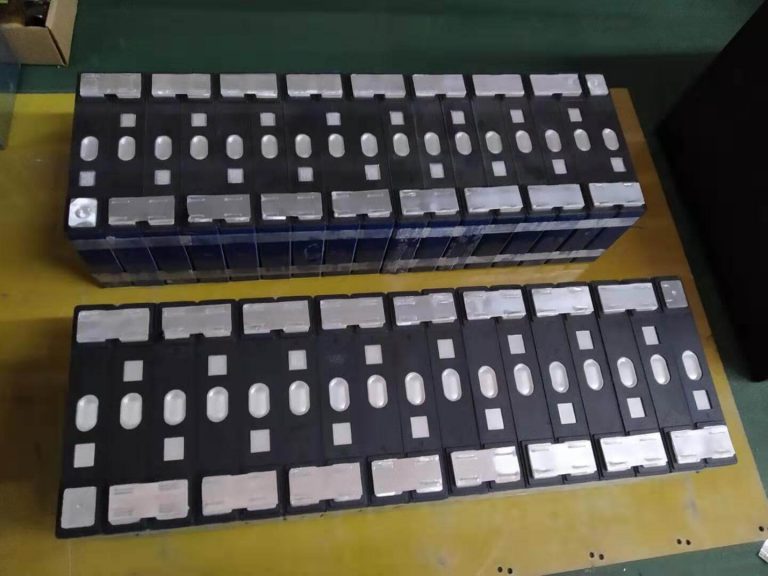Table of Contents
Laser welding for aluminum alloy products
Nowadays, aluminum alloy products are commonplace. Most of aluminum alloy doors and windows, pots, bowls, scoops, basins, etc. are all made of aluminum. The widespread use of aluminum alloy has also promoted the development of aluminum alloy welding technology. Immediately afterwards, the continuous fiber laser welding technology also entered the market area of aluminum applications.
Laser welding uses laser as a high-energy density light source, which has the characteristics of fast heating and instant solidification. However, due to the high reflectivity and good thermal conductivity of aluminum alloy and the shielding effect of plasma, some defects inevitably occur during welding.
The two main defects of aluminum alloy products welding
One of the main defects of laser welding of aluminum alloy is the problem of pores. After testing, the surface state of the material, the type of shielding gas, the flow rate and the protection method, the welding energy and the shape of the weld all affect the generation of pores. Choose appropriate surface treatment measures (completely remove the oil and oxide layer on the aluminum alloy surface, keep it dry), strengthen Gas protection and welding with high power, high speed and large de-focus (negative value) can reduce the generation of pores to a minimum.
Hot cracking is also a common defect in laser welding of aluminum alloy. During laser welding, the weld seam is small, especially pulsed laser welding, the total input energy is low, the cooling rate is fast, and liquefaction cracks are not easy to occur. Preventing thermal cracks is one of the key technologies for laser welding of aluminum alloys. In pulse spot welding, adjusting the pulse waveform and controlling the heat input can also reduce crystal cracks. When using continuous fiber laser welding, the stability of energy makes thermal cracks less obvious, most aluminum alloy welding will not be brittle fracture, and there is certain toughness after welding, which has obvious advantages. Continuous fiber laser welding machine, the speed of straight seam welding of aluminum can reach 1.5m per minute, which can meet customer requirements in terms of efficiency.
The optimization scheme for the characteristics of aluminum alloy high reflection
One of the difficulties of laser welding in the aluminum alloy industry is the high reflection of the aluminum alloy to the laser. Experiments have shown that proper surface pre-processing such as sandblasting, sandpaper polishing, surface chemical etching, surface plating, graphite coating, oxidation in air furnace, etc. can reduce beam reflection and effectively increase the energy of aluminum alloy. absorb. At the same time, it is also found that the geometry of the joint groove has an influence on the beam absorption rate. For example, the absorption rate of a sharp V-shaped groove joint is much higher than that of a non-grooved or square groove joint. Based on this, MORN LASER engineers consider the design of the welding structure and use reasonable design of fixtures to increase the absorption of laser energy on the aluminum alloy surface.
Advantages of continuous laser welding in aluminum welding applications:
Laser welding is more efficient, controllable and high-quality than traditional welding technology.
1. Industrial pure aluminum can be welded well with pulse laser welding, and there will be no cracks after welding. However, in some industries, the surface after welding needs to be polished, and there will be dents after laser pulse welding, and the amount of polishing will increase, which increases The processing cycle and production cost are reduced. But continuous laser can solve these problems well.
2. The impulse solder joints are uneven, undercut, the surface is dented, there are many spatters, and the strength after welding is not high. In order to improve the quality of the weld seam, continuous laser welding is used. The weld seam surface is smooth and uniform, without spatter, defect, and cracks in the weld seam.






